The Battle Creek Tower – A story from Roger Hinman
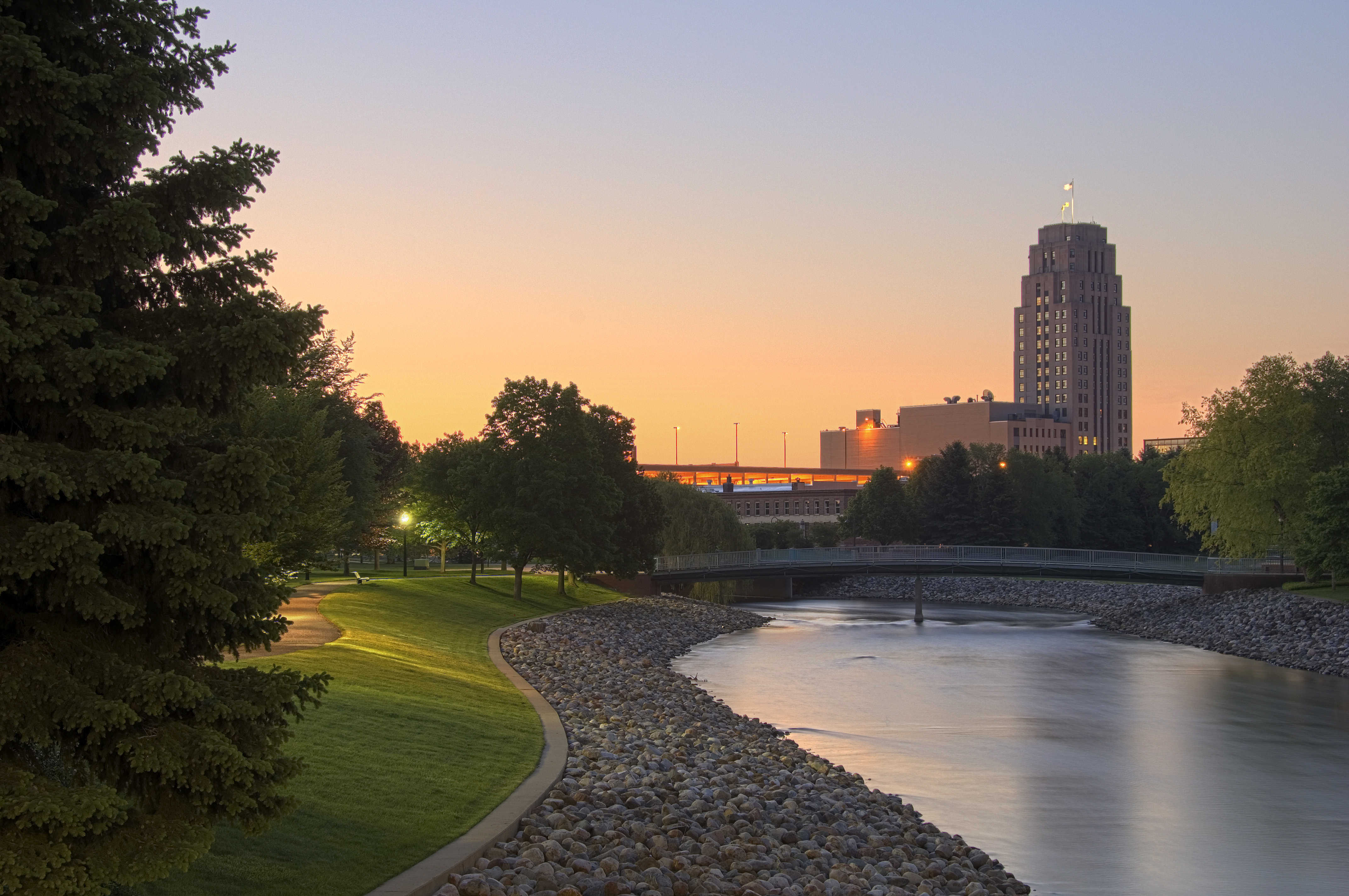
Overview
Roger Hinman began his career in real estate in 1967 and founded the Hinman Company in 1977. The company has since established a diverse portfolio of office, retail, and residential properties. Roger has invested in and successfully developed millions of square feet of space in the Midwest; owning over 50 properties throughout Indiana, Illinois and Michigan.
The Battle Creek Tower is a 184,000 square foot, 21-story high-rise in downtown Battle Creek. The historic building offers Class A office space and luxury apartments on the top floors. There is both underground parking and a city-owned covered parking structure attached to the building. The Battle Creek Tower is within walking distance to downtown Battle Creek restaurants and shopping, and is located in a virtually tax-free renaissance zone; no personal property taxes, no real estate taxes if your business office is in the building, and no state or city income taxes if you reside in the building as your primary residence (call for more details).
Central National Bank
Construction on the Battle Creek Tower began on August 20, 1930 was open to the public on June 20, 1931. It only took an impressive 299 days to build, or 28,500 man days. Originally home to the Central National Bank, it was complete with modern features and was the first high-rise to be built in downtown Battle Creek. Preserving the history and significance of the Tower to future generations was important to the owners of the Central National Bank. During the dedication ceremony for the building, a copper box time capsule was placed inside a building cornerstone. This time capsule contained various items, including photos of the first president of the bank, Edward C. Hinman (no relation to Roger Hinman), who had died ten years before the bank built the Tower.
Since its construction, The Battle Creek Tower has been a monument in the heart of downtown and is now listed on the National Register of Historical Places.
Nationwide Insurance
Around 1954, the building was sold to Wolverine Insurance who occupied the entire building and built a 7-story annex next to the building. Wolverine was later acquired by Transamerica and then again by Nationwide, who invested an estimated $9 million into improvements for the building; updating the elevators, electrical, and sprinkling systems. To show appreciation for the new investment in Battle Creek, the city proposed to construct a parking garage on the adjacent property.
The Hinman Purchase
In 2000, Nationwide decided to sell the building and move a large number of employees to Iowa. Roger Hinman owned the buildings across the street and kitty-corner to the building. Considering the project a “leap of faith”, he decided to purchase the building and name it the Battle Creek Tower. Following the sale of the Tower, many of Nationwide’s employees were not interested in relocating to Iowa. Nationwide ended up leasing back 30,000 square feet of space in the Tower from Hinman to accommodate those employees who wished to stay in the Battle Creek area.
Adding the Staircase
When Hinman originally purchased the building, floors 10 through 21 were unoccupied because they did not meet the current code requirements of having a second means of exit (or egress) to the ground floor. Though common in today’s building standards, two exits were not deemed necessary when the Tower was constructed in 1931. Having eleven unoccupied floors was not ideal, so Hinman made it a main focus to come up with a creative solution to meet the code requirements.
As he solicited input from others on a solution to the egress concern, Hinman noticed the building was equipped with four elevator doors, but only three of them were actually elevators. What was thought to be a fourth elevator shaft was actually a 20-story high chimney. In an article published in the Battle Creek Enquirer in 1931, it was noted that the building had a chimney stack that might never be used, which ended up being the case. Coal was the heat source when the building was constructed and the chimney shaft had been installed as a means to vent the burning coal. When the building heat source ultimately veered away from coal, the stack was then abandoned. Hinman had an epiphany; this chimney would be the solution to creating a second means of egress.
Only shortly after acquiring the building, Hinman had the half-inch thick steel smokestack removed with a plasma cutter. The steel was cut, one section at a time, down to the 7th floor, then removed piece by piece and lifted onto a truck with a crane. Hinman then installed a circular staircase in the shaft. Hinman solved the city’s request for a second method of egress and was given approval by the Battle Creek Inspections Department. The staircase now allows for exit on the 7th floor through the annex.
Luxury Apartments
After Hinman resolved the building code requirements for a second means of exit, he renovated the top twelve floors into luxury apartments. With the designation as a renaissance zone and only 3,000 square feet on each floor, this presented the perfect opportunity for high-rise living in downtown Battle Creek. There are currently twenty-three apartments, all equipped with stunning views, underground parking, high-end finishes, and the use of an outdoor patio. Permanent residents are exempt from state and local income tax; what they save in taxes can sometimes be more than their yearly cost in rent! (Call for more information.)
600 Jobs
In 2008, Kellogg, Hinman and Battle Creek Unlimited (BCU) began discussions about “expanding the Kellogg campus”. Hinman’s ownership of both the Battle Creek Tower and 67 W. Michigan, the former Fifth Third Bank building, helped make this expansion possible.
67 W. Michigan, now called the K2 Building, was over 80% occupied at the time of the planning phase of the Kellogg campus expansion. To create the downtown walk-ability for Kellogg’s employees, Hinman’s outside- the-box solution was to relocate tenants out of K2 and into the Battle Creek Tower, meanwhile transforming K2 into a single-tenant building for Kellogg. Hinman worked diligently to relocate the tenants, and in less than a year, construction was completed and they were all moved in to their new spaces in the Tower. This collaborative effort by Kellogg, Hinman, Battle Creek Unlimited, the City of Battle Creek, Calhoun County, and the State of Michigan, ultimately brought approximately 600 jobs to downtown Battle Creek. Recognizing the investment being made by so many parties, the State extended the Renaissance Zone until 2025.
The Future
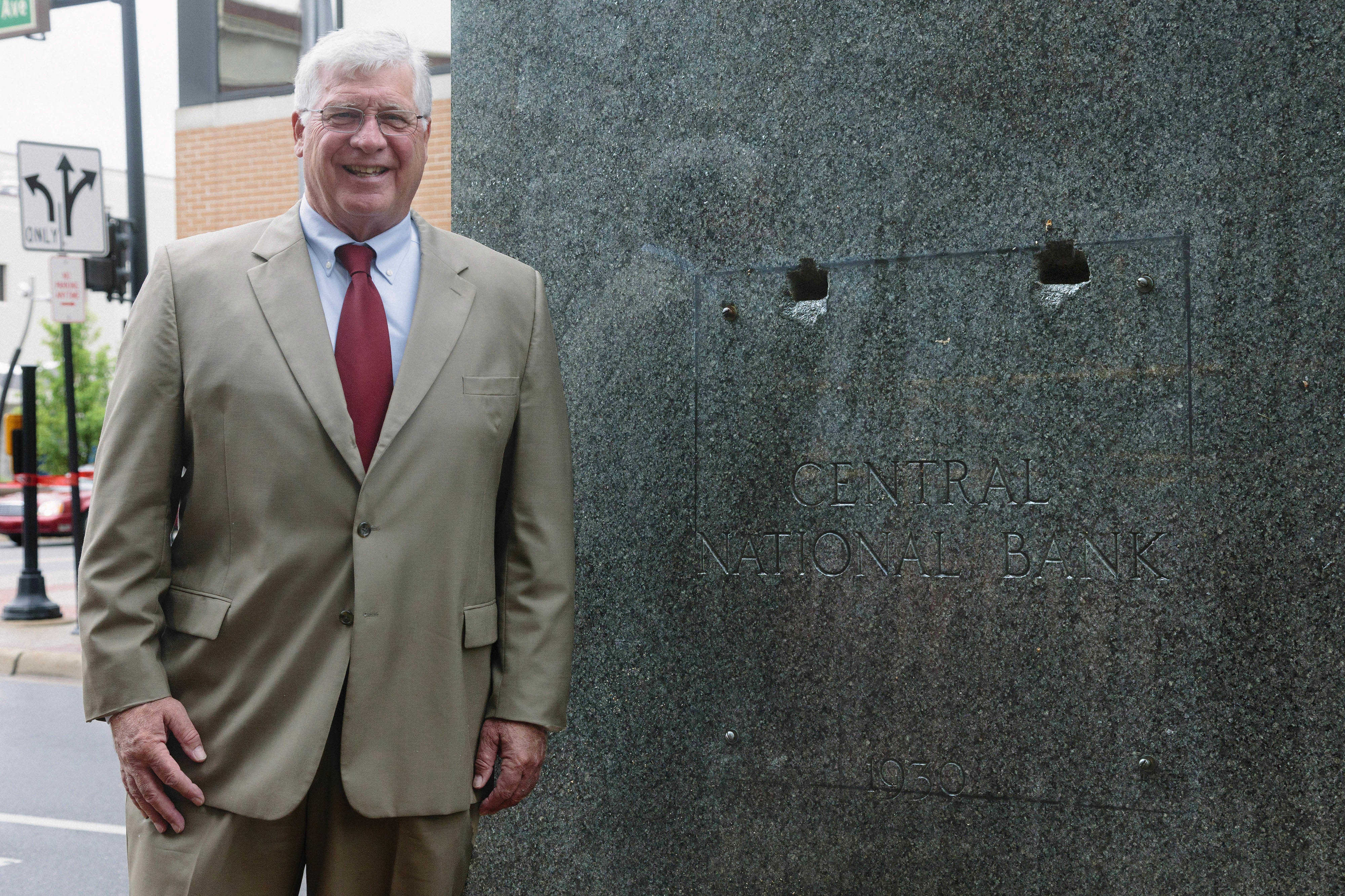
Roger Hinman in front of a Central National Bank granite slab that was discovered during recent restoration work
Roger Hinman’s goals for the future of the Battle Creek Tower are centered on preserving the Tower and its historical beauty by maintaining the first floor main features and historical architecture. Hinman hopes to maintain full occupancy of the tower and has considered the possibility of adding more luxury apartments in the future. Hinman’s favorite features of the building are cited as being the interior staircase, first floor elevator doors, and the luxury apartments.
Some facts were taken from the Battle Creek Enquirer, and the Evening News paper edition, Sunday, June 14, 1931
5 thoughts on “The Battle Creek Tower – A story from Roger Hinman”
Leave a Reply
You must be logged in to post a comment.

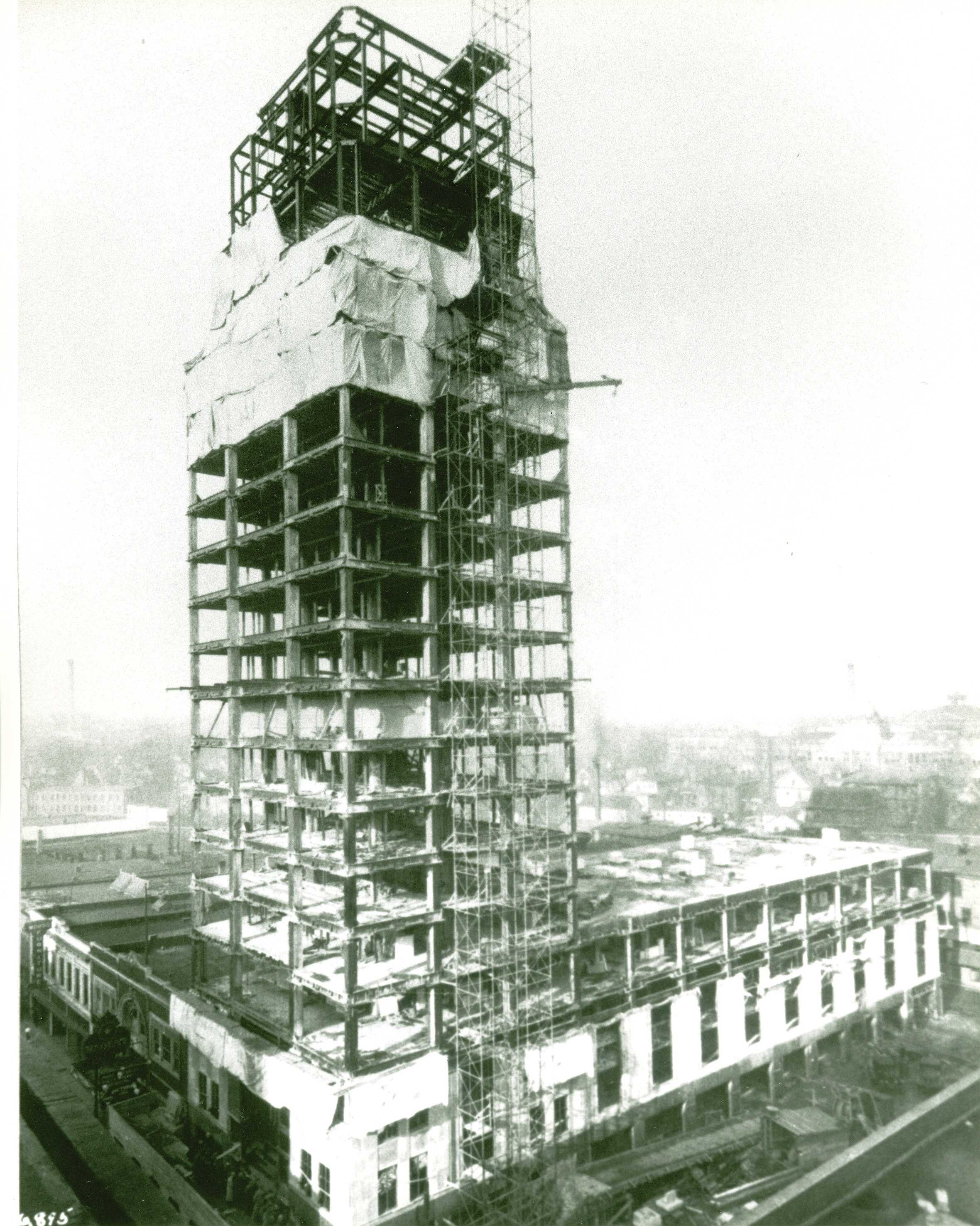
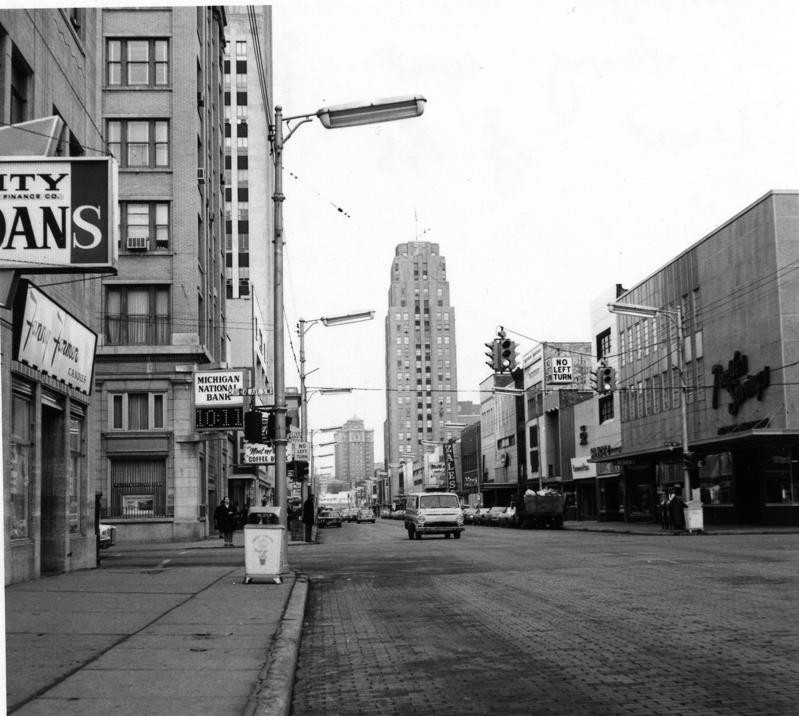
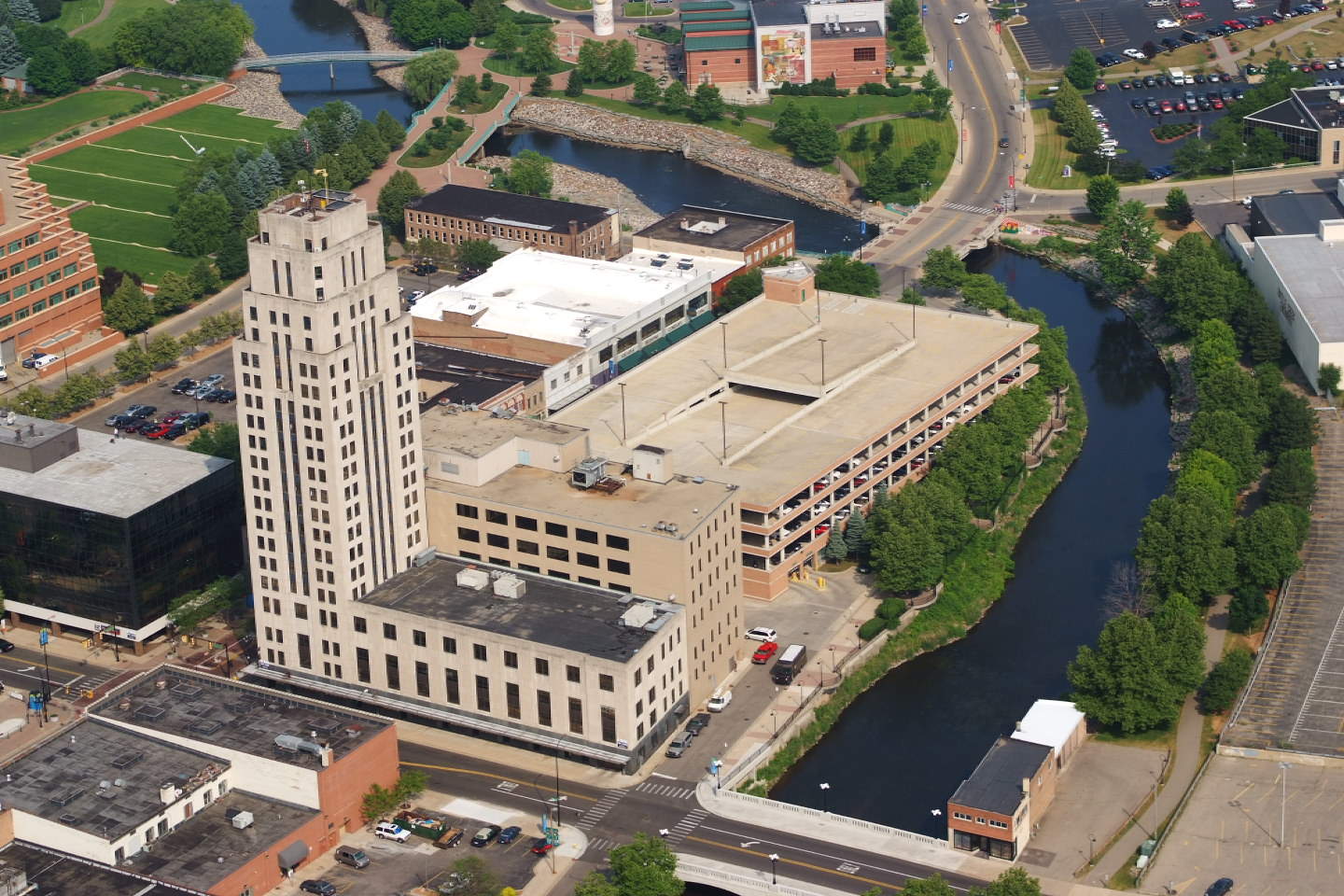
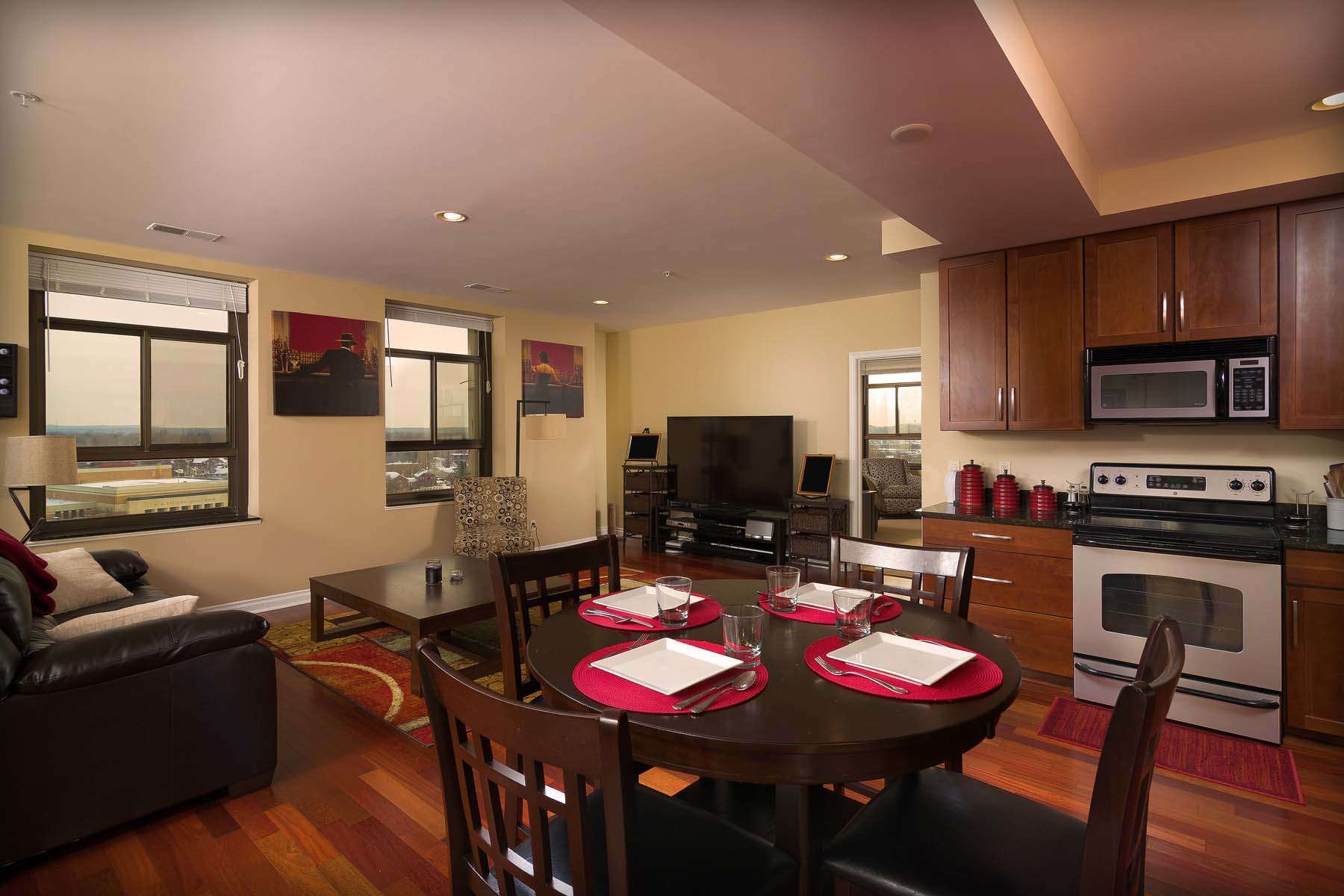
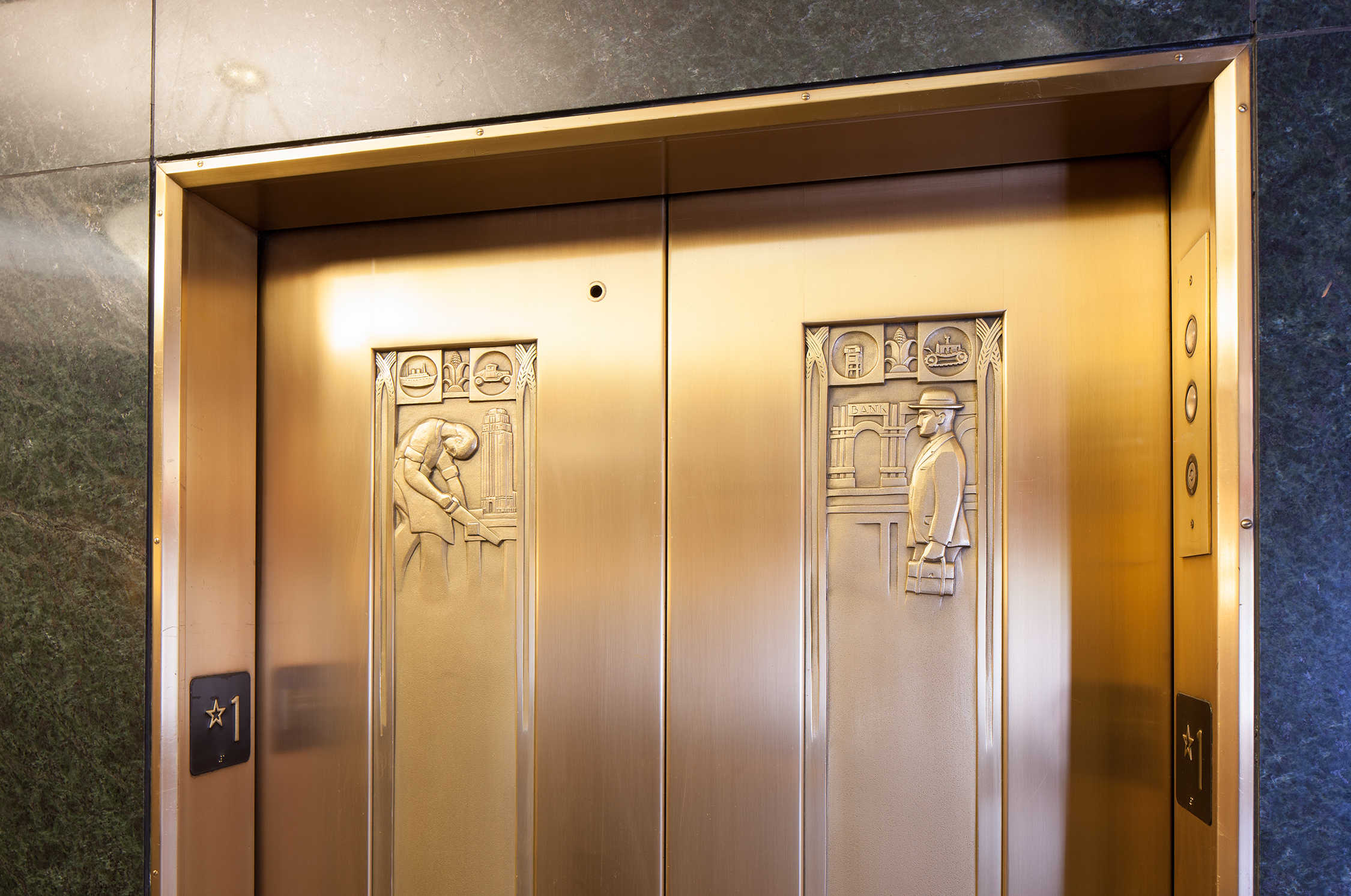
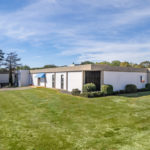


Thank you for sharing this wonderful history and building.
There are two towers down town battle creek….who and how do I contact the second towers owner…please and thank you
Brian, thanks for your interest. A development firm out of Grand Rapids is in discussions to purchase that tower, but we have not heard what they plan on doing with the building.